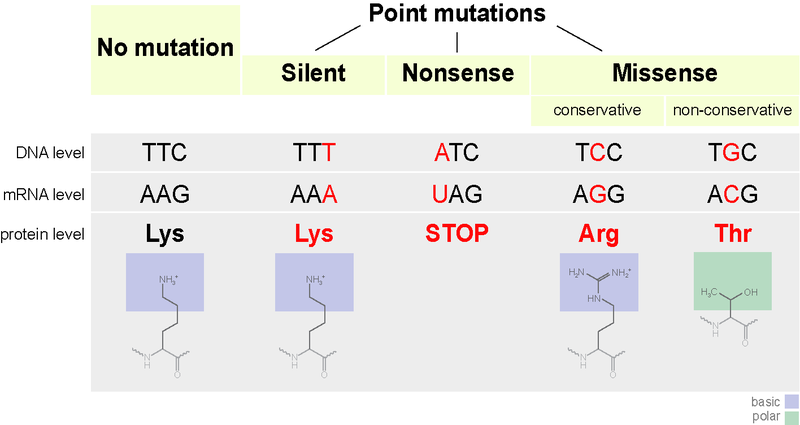
1/ When the messenger mRNA exits the nucleus, it will be loaded into a organelle called the ribosome. These little factories take the RNA blueprint and use it to build a protein. 

2/ Here we introduce the concept of the Codon. The DNA is made up of 4 bases with Adenine, Guanine, Cytosine and Thymine. They have to encode 20 different amino acids. To do so, the DNA uses a codon. Its a combination of 3 nucleotides. 

3/ The start codon is always AUG (Adenine, Uracil and Guanine) and codes for the amino acid Methionine. Each 3 bases of nucleotides is one codon and encodes one amino acid until it reaches the stop codon. There are actually 3 different stop codons with UAA, UAG and UGA. 

4/ The Ribosome takes the RNA and begins with coding the start codon with Methionine and continues to read each and every codon until it reaches the stop codon.
5/ Inside the ribosome there are Transfer RNA (tRNA) that have an anticodon on one end and the amino acid on the other end. The tRNA will match the mRNA codon with its equal opposite anticodon. 

6/ When the ribosome makes the match, the amino acid on the end of that tRNA is added to the chain of amino acids it is building. This process continues reading each codon of the messenger RNA and matching it to a amino acid to build a peptide chain of amino acids.
7/ #Mutations
Mutations in the DNA can cause some very serious damage to the final product which is the protein. Since 3 nucleotides come together to make one codon and produce one amino acid, you can get some dramatic changes from even a single nucleotide mutation.
Mutations in the DNA can cause some very serious damage to the final product which is the protein. Since 3 nucleotides come together to make one codon and produce one amino acid, you can get some dramatic changes from even a single nucleotide mutation.
8/ The first mutation is called the missense mutation. Its when the change in a single nucleotide changes the final amino acid to be coded. This is exactly what drives the genetic disease of Sickle Cell. One single nucleotide is changed. 

9/ That leads to another amino acid being coded. The two different amino acids have dramatically different behaviors. The one is hydrophobic while the other is hydrophilic. That simple change will change the entire shape of the protein. In proteins, shape determines function.
10/ The second mutation is the nonsense mutation. This is where a mutation changes the codon from encoding an amino acid to a stop codon. This terminates the production of the protein early.
11/ A nonsense mutation will make a truncated version of the protein. In some cases, the shorter proteins are still functional or partially functional. In many cases, they lose complete function of that protein.
12/ The last mutation is called the frame shift mutation. That is when a single nucleotide gets inserted or deleted. That causes every codon in that gene to get changed. None of the codons will be right when they all get shifted for one extra or one less nucleotide. 

• • •
Missing some Tweet in this thread? You can try to
force a refresh






